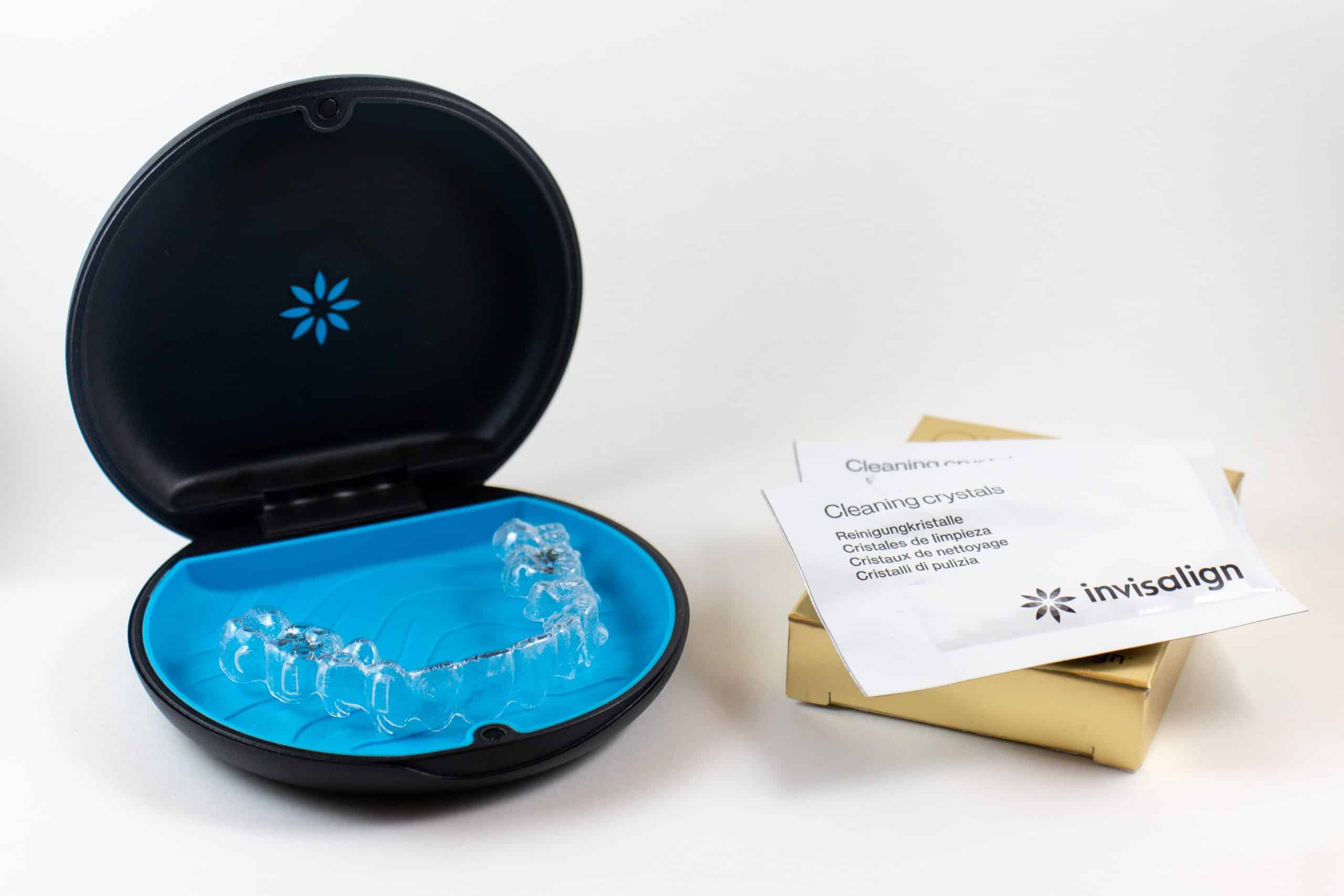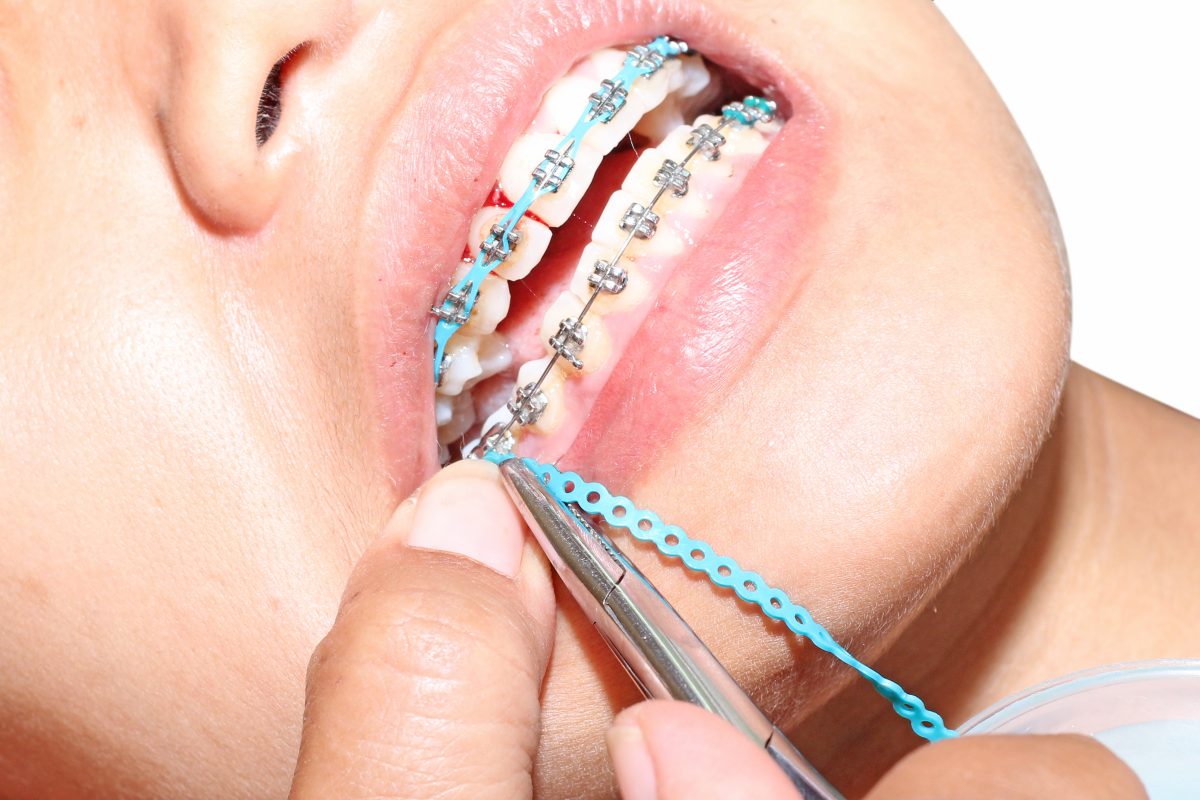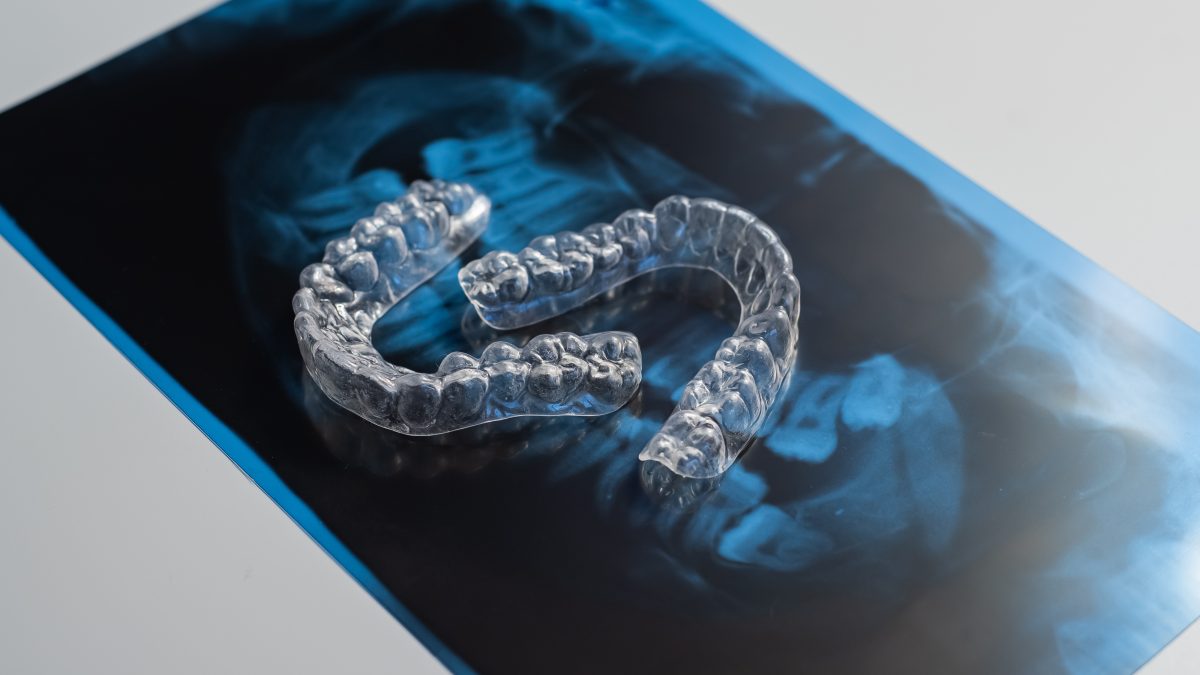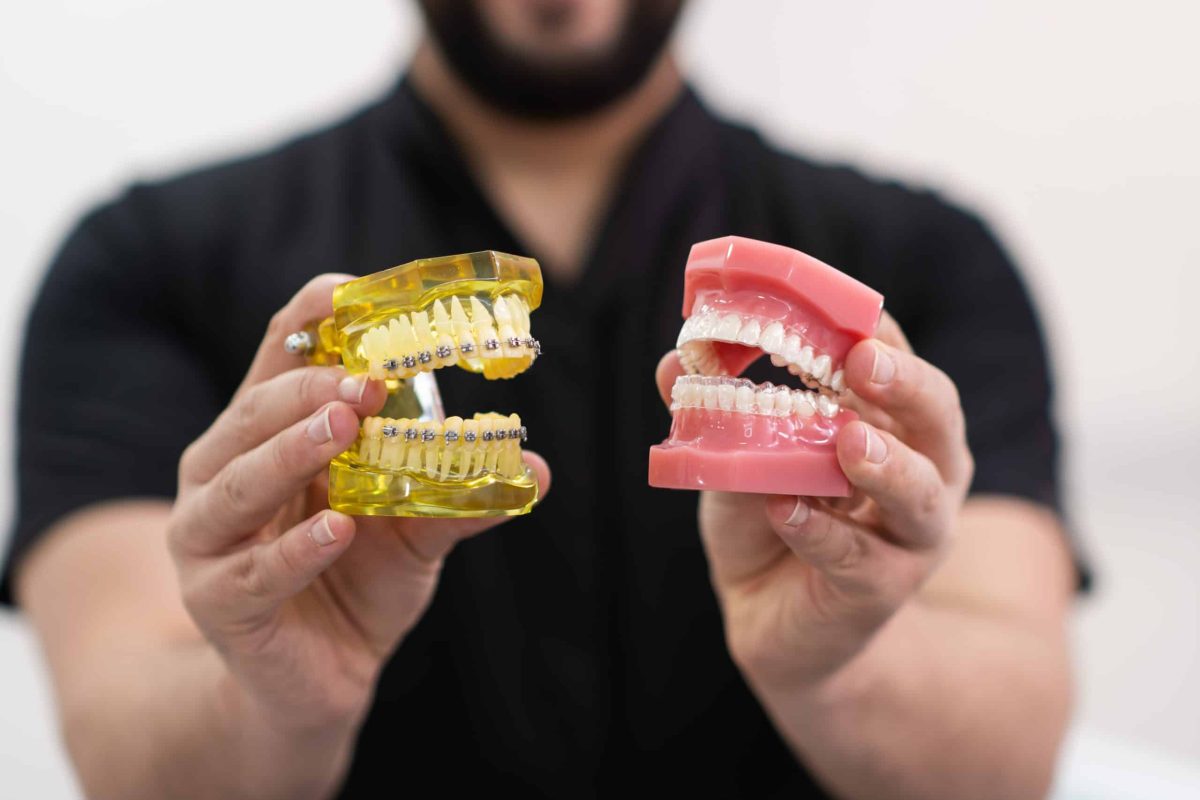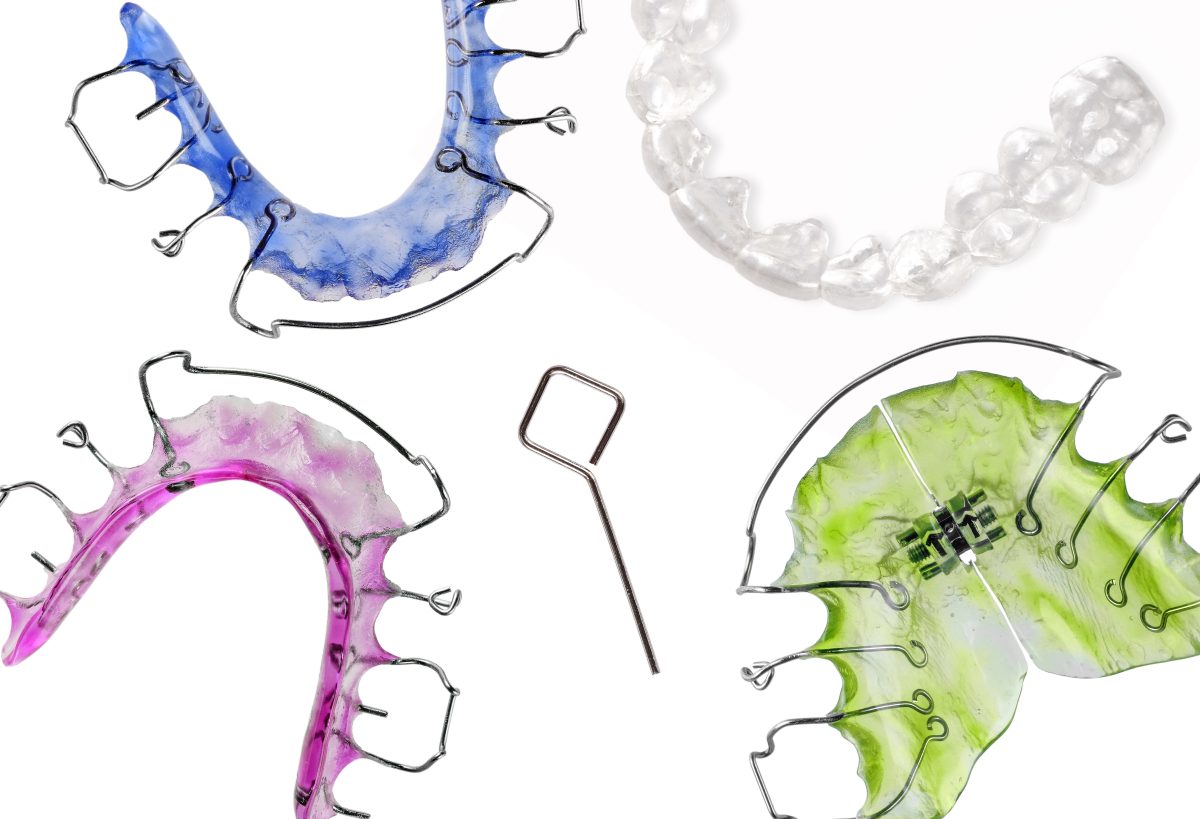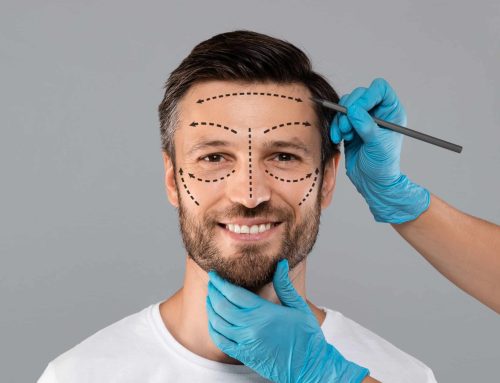Invisalign: Everything You Need to Know (Part 2)
When it comes to Invisalign, everyone has questions, and we’re exploring the top seven things that you need to know about Invisalign. These clear aligners are a popular alternative to traditional orthodontics, such as metal braces. More and more adults across the nation are choosing Invisalign or other makers of clear aligners to straighten their teeth. In part one of this series, we discussed three questions people often have about Invisalign:
-
-
Can you tell if someone is wearing Invisalign aligners?
-
Does wearing aligners make you talk funny?
-
What is the process, and how often do I have to come in?
-
Dr. Jill Wade, DDS, MAGD has been a dentist for nearly 30 years, and she’s overseen smile redesigns for countless patients, including those aided by Invisalign. As a trusted provider of this service, which is touted as the number one doctor-recommended clear aligner, Dr. Wade can provide knowledgeable and experience-based answers to all your questions, starting with number four.
4. Does Invisalign hurt as much as regular braces?
The short answer: No, Invisalign does not hurt as much as traditional braces.
A couple of reasons why it doesn’t hurt as much, Dr. Wade explains, is because “when you start traditional orthodontics—the brackets and the wires—you typically have to put little spacers in some of the back molars to literally push them apart so that bands can be placed around those teeth.” If you’ve had spacers before, you’re likely aware of how painful this can be for the first week or so. Additionally, traditional braces require a high level of tension to move the teeth in the proper direction. In conjunction, traditional braces need frequent adjustments, where your dentist or orthodontist will “tug” the brackets so they continuously move the teeth as intended. The pain and discomfort usually lasts about a week, then you’ll have several weeks of “rest,” where you’ll feel okay with your adjustments. Then the cycle repeats.
In comparison, Invisalign does not need spacers, brackets, or wires. “With an aligner-type of orthodontic movement,” Dr. Jill Wade explains, “it’s a gentle, constant pressure.” This means that your teeth are moving all the time, little by little. Meaning you don’t have to endure the adjustment, or tugs, “where we create a ton of soreness and then a relaxation,” Dr. Wade goes on to say. She also says that the effects of clear aligners are more like having a sore muscle rather than having pain, recommending that when you change your tray, do it at night before you go to bed rather than first thing in the morning. In this way, the first 8–12 hours that you adjust to wearing your new set of trays—when there’s a little bit more pressure—it’s going to be while you’re asleep and less apt to notice any discomfort.
For most of her patients, they find that wearing Invisalign aligners to be easier, more comfortable, and more manageable than they’d expected.
5. How many trays will I need?
The short answer: It depends. If your teeth need minimal movement, you may only need between 7–14 trays. More complicated cases may require 30–40 trays.
Invisalign “trays” refer to the clear aligners, the apparatus, which is custom made for your teeth, that you place on your top and bottom row of teeth. Each tray helps gradually move your teeth toward your desired placement.
Since everybody and every case is unique, the amount of trays you’ll need depends on how much movement your teeth need to reach your desired outcome. If you’ve never had orthodontic treatment and you have teeth that are crowded, constricted, or even twisted, you could need anywhere from 20–30 trays—this may also apply if you’ve had braces before but didn’t wear your retainer and experienced some relapse, where some teeth are now out of place. For truly complicated cases, as many as forty trays may be required.
In Dr. Jill Wade’s practice at Stonebriar Smile Design, she can calculate how many trays it will take to make the movements or the changes you’ll need to accomplish your new smile. She believes that “when you are super confident about your smile…when you’re confident, and you’re smiling, and you’re proud of it…your whole face lights up.” It’s one of the things she loves about Invisalign, because “it creates this really dynamic, amazing smile.” Beyond that, when your teeth are properly positioned, you’re able to breathe better, which also allows you to sleep better as well.
6. How long does it take, and how much does it cost?
The short answer: Depending on how many trays you’ll need, that will typically dictate how many weeks you can expect your treatment to last. Average cost for Invisalign is typically between $4,000 to $6,500.
Considering the time and financial investment of Invisalign, Dr. Wade cautions that it’s paramount to be transparent and committed to the process. Ideally, you’d wear your trays both day and night for the duration of treatment, which will yield the best results and keep you on a timeline of about one tray per week. Exceptions for taking them out are when you eat, brush your teeth, or maybe, for that special event you attend. However, if you don’t intend to wear your aligners during the day and, instead, will only wear them at night, the treatment will still work, although the process may take longer. Dr. Wade encourages you to be honest with your orthodontist about this. At her dental practice, Stonebriar Smile Design, she offers an assurance, saying that “I don’t charge you extra because you decided you’re only going to wear them half of the time. [Your cost] is based on the trays, and it’s based on the amount of times that I need to see you. So if it’s going to take you twice as long, I see you the same amount of times. It’s just more time in between [your visits].”
“So, let’s say it’s fourteen trays, and that’s fourteen weeks,” says Dr. Jill Wade, who also has a practice in the Dallas/Fortworth Metroplex. She goes on to explain that she usually allots an extra two months in case the teeth don’t quite get into the final position—that way she has time to refine, “make a couple more trays and get that one last little stubborn tooth to get right into place so that we can be not just good, but perfect, in the end.”
While treatment can range from 6–8 months, or even several years for more severe cases, your Invisalign journey to straighter teeth is something that you can actually see week to week—in contrast to metal braces where you’d have to wait to complete the full term of your treatment to see results.
In terms of cost, typically, Invisalign could range anywhere from $4,000–$6,500. If you’re concerned with those numbers, there are financing options available, and many patients at Stonebriar Smile Design opt to use third-party financing, including utilizing some of their HSA benefits—so there’s more than one way to fund your smile makeover.
7. Do I have to wear a retainer after the treatment is done?
The short answer: Yes, absolutely.
Dr. Wade will always sing the praises of retainers, believing that retainers are for a lifetime. They are integral to protecting the investment you’ve made in your smile. If not used consistently, you may find yourself once again in need of some type of orthodontics. Two key reasons to become a lifetime user of retainers is (1) to keep your arch expanded, which keeps the proper spacing available for your teeth. “With time and gravity, it is very natural [for] your mouth to…collapse on the sides,” explains Dr. Wade. Though you won’t see this, the subtle collapse will cause constriction, and the forces of gravity will bring everything down and forward. Because the result of that is less space in your mouth, your front teeth will likely be the first to shift or turn. The other key benefit to wearing your retainer at night is that, because it’s plastic on plastic contact, you won’t wear down your teeth, fillings, or crowns, especially if you tend to grind, clench, or tap your teeth in your sleep.
Just as crowns protect a tooth from breaking or cracking, holding it together, so does a retainer support “your natural teeth, all of your crowns, all of your fillings, everything,” Dr. Wade attests. Orthodontic treatment is a big but worthy investment, so it’s best to protect that investment by using retainers, which Dr. Wade likes to label as “insurance policies.”
So as you consider your Invisalign journey and investing in your smile, whether for function or aesthetics, be sure to seek advice from a qualified professional like Dr. Jill Wade, DDS. She can guide you in implementing the best course of treatment according to your individual needs and wants.
Click here to watch this episode of the Beyond Face Value Show on YouTube.
Visit us on YouTube to hear more about Stonebriar Smile Design in Frisco, Texas, and wellness dentistry, and be sure to comment, like, and subscribe.

